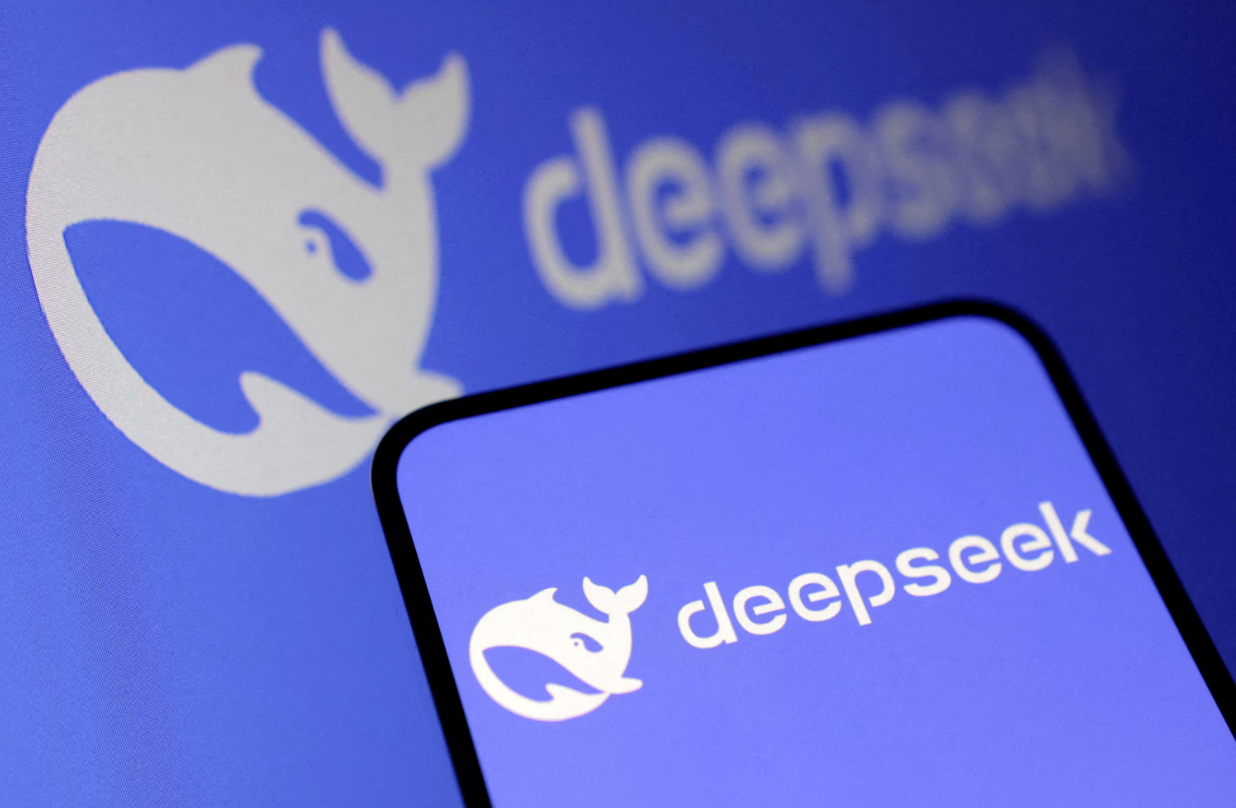Chinese AI startup DeepSeek, which recently sparked a global market downturn exceeding $1 trillion with its cost-effective AI reasoning model, is now expediting the release of its next-generation AI system. According to three sources familiar with the company, the Hangzhou-based firm is advancing the timeline for its R2 model, initially planned for May, in an effort to launch it as soon as possible.
DeepSeek aims for R2 to enhance coding capabilities and expand its reasoning abilities beyond English. The company’s decision to accelerate the rollout has not been previously reported. DeepSeek did not respond to requests for comment.
The impact of DeepSeek’s R1 model has left competitors reassessing their strategies. Built using less powerful Nvidia chips, R1 still rivaled AI models developed by U.S. tech giants that had invested hundreds of billions of dollars. The upcoming launch of R2 could further disrupt the AI landscape.
Vijayasimha Alilughatta, COO of Indian tech firm Zensar, emphasized that DeepSeek’s cost-efficient approach might push global companies to accelerate AI development, challenging the dominance of a few major players. The R2 launch is also expected to raise concerns in the U.S., where AI leadership has been identified as a national priority. Meanwhile, numerous Chinese firms have already begun integrating DeepSeek’s models into their products.
A Mysterious Founder and Unconventional Approach
DeepSeek remains a largely enigmatic company. Its founder, Liang Wenfeng, a former hedge fund billionaire, has maintained a low profile, avoiding media interactions since July 2024. His company operates more like a research lab than a traditional for-profit enterprise, eschewing rigid hierarchies that characterize China’s high-pressure tech sector.
Liang, born in 1985 in Guangdong, studied communication engineering at Zhejiang University. His early career included leading a research team at a Shanghai-based smart imaging firm, where he was known for recruiting top algorithm engineers and fostering a collaborative work culture.
At DeepSeek and its parent company, High-Flyer, Liang has continued to challenge conventional corporate norms. Unlike China’s major tech firms, notorious for grueling work schedules and low wages, DeepSeek offers a more flexible and rewarding environment. Located near China’s top universities in Beijing, the firm attracts young talent and promotes an egalitarian culture. Employees, including interns and recent graduates, reportedly enjoy eight-hour workdays and substantial creative freedom.
Former researcher Benjamin Liu, who left in September, described the experience as empowering. “Liang treated us as experts, constantly seeking input and encouraging innovation,” he said.
Unlike competitors such as Baidu, which raced to build consumer AI applications in 2023, DeepSeek focused on refining its AI models rather than commercializing applications. This long-term strategy was supported by High-Flyer, one of China’s most successful quantitative hedge funds, which invested heavily in AI research.
A Strategic Edge in Computing Power
DeepSeek’s success stems from High-Flyer’s decade-long investment in AI research and computing resources. The hedge fund was an early adopter of AI-driven trading, with its leadership committing 70% of revenues to AI advancements in 2020.
Between 2020 and 2021, High-Flyer invested 1.2 billion yuan in two AI supercomputing clusters, including Fire-Flyer II, which housed approximately 10,000 Nvidia A100 chips—hardware later banned from U.S. exports to China. Regulatory scrutiny followed, with authorities questioning the necessity of such vast computational resources. However, no intervention was made, allowing DeepSeek to leverage these assets when U.S. sanctions took effect in 2022.
DeepSeek’s technological approach prioritizes efficiency over sheer processing power. Research papers indicate the company employs cost-saving techniques such as Mixture-of-Experts (MoE) and Multihead Latent Attention (MLA), reducing computational demands while maintaining high performance. MoE enables selective activation of specialized AI components, while MLA enhances data processing efficiency.
Despite speculation from Western AI leaders, including Scale AI’s Alexandr Wang, that DeepSeek possesses tens of thousands of high-end Nvidia chips, no concrete evidence supports these claims. Former DeepSeek employees attribute the firm’s success to its innovative AI architecture rather than superior hardware.
Market Disruption and Global Response
DeepSeek’s disruptive pricing—20 to 40 times cheaper than OpenAI’s models, according to Bernstein analysts—has forced industry leaders to reconsider their strategies. OpenAI recently slashed prices, while Google’s Gemini introduced lower-cost tiers. OpenAI also released O3-Mini, a more computationally efficient model, in response to DeepSeek’s advancements.
However, privacy concerns have led some countries, including South Korea and Italy, to restrict access to DeepSeek’s technology. Meanwhile, China has embraced the firm, with at least 13 city governments and 10 energy firms integrating its AI models. Leading Chinese tech giants such as Lenovo, Baidu, and Tencent have also incorporated DeepSeek’s technology into their offerings.
A Future Shaped by Policy and Innovation
Beijing’s support for DeepSeek was evident in January when founder Liang Wenfeng was invited to meet Premier Li Qiang as the AI industry’s representative—an honor not extended to executives from more established tech firms. This endorsement aligns with China’s broader ambition to lead in AI innovation.
However, U.S. policymakers may respond with tighter restrictions on AI chip exports or collaborations. AI expert Stephen Wu of Carthage Capital suggests DeepSeek’s rapid ascent could provoke further Western regulatory actions.
Liang himself has acknowledged the primary hurdle to further AI advancements. “Our challenge has never been funding,” he said in a July interview. “It’s the embargo on high-end chips.










